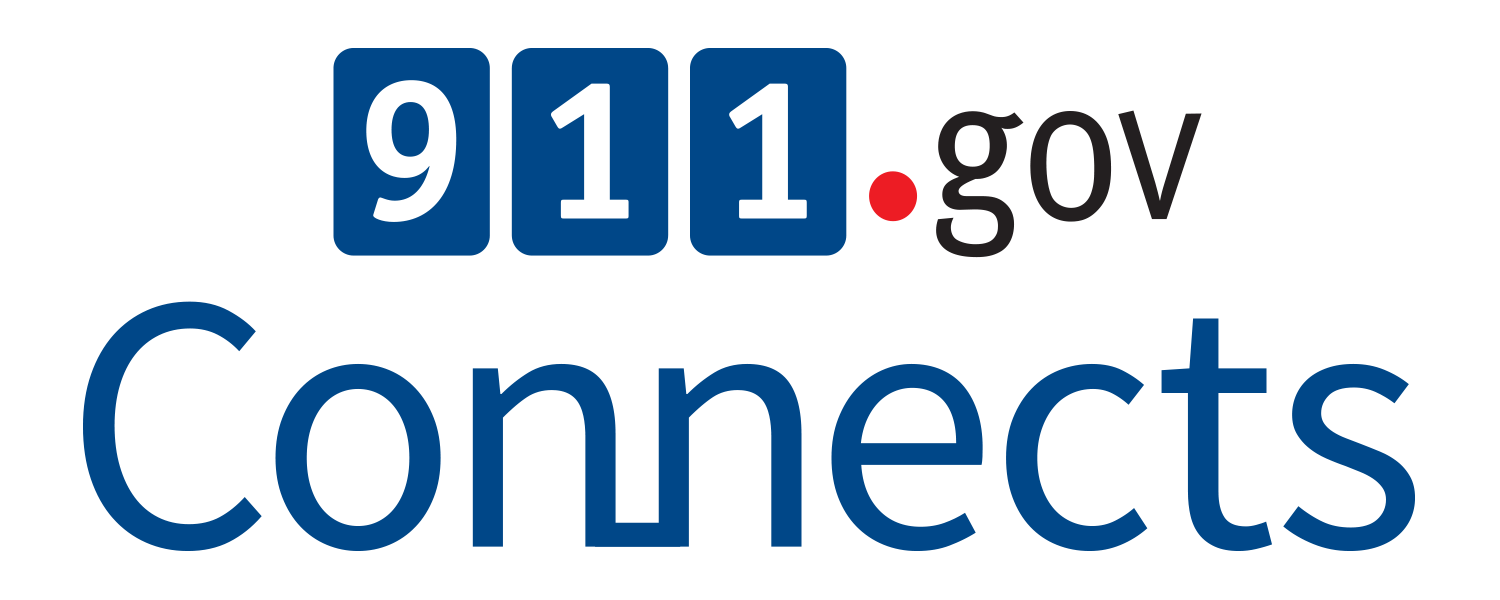Interoperability Task Force Drives Progress Toward a “System of 911 Systems”

One of the primary obstacles to the successful nationwide migration to Next Generation 911 (NG911) is interoperability. Without the ability for disparate components and systems to work together seamlessly, the benefits of NG911 to both public safety and communities simply can’t be realized.
The challenges of establishing interoperable emergency communications systems aren’t new, of course. They were first identified as a critical issue in 2019 by the National Emergency Number Association (NENA), the National Association of State 911 Administrators (NASNA) and the Industry Council for Emergency Response Technologies (iCERT). The three organizations began exploring options to help ensure vendor products and services would conform to certain standards.
Today, NENA, NASNA and iCERT, along with the Internet Engineering Task Force (IETF), the Alliance for Telecommunications Industry Solutions (ATIS) and others, have developed technical criteria now being widely adopted by vendors in the U.S. and internationally.
Developing a Conformance Testing Program
In 2021 the Department of Homeland Security (DHS) joined the effort by funding Texas A&M University (TAMU) through the Critical Infrastructure Resilience Institute (CIRI). The goal: to develop a report outlining how a Conformance Test Program could be developed. Such a program will provide testing tools that encourage a consistent, interoperable interpretation of standards, among other aims. TAMU invited a broad range of organizations and stakeholders to participate in the development of a report, which was released in early 2022.
NENA, NASNA and iCERT supported many of the report’s recommendations, but offered areas of improvement when submitting feedback to the DHS; in particular, the three organizations felt the implementation timeline proposed could be accelerated.
To work through the suggested improvements, a summit was held August 4 and 5, 2022, in Washington, DC. In addition to the representatives of the planning committee, representatives of the Department of Transportation (DOT), the Cybersecurity and Infrastructure Security Agency (CISA), the Defense Information Systems Agency (DISA), the National Telecommunications and Information Administration (NTIA), and the University of Illinois were invited.
The Interoperability Task Force Begins Its Work
The summit led to the creation of the Interoperability Task Force (ITF). Members of the ITF steering committee include the founding members of the program as well as representatives from DHS Security Science & Technology (program sponsor and TAMU), along with stakeholders, the National 911 Program Office (DOT/NHTSA) and the NG911 Interoperability Oversight Commission.
In January 2023, three ITF sub-committees were formed to finalize all aspects of the program in collaboration with the steering committee. The decision to begin testing NG911 functional elements against the standard (known as conformance testing) was made, with interoperability testing to follow. Vendors can conduct conformance testing in their own labs at no cost, though final tests will be done at TAMU or a certified, DHS-approved lab. The next summit will be held on March 2, 2023.
The conformance testing program must equally support all NG911 products and services vendors, regardless of their size or offerings. Any certification issued to vendors will be done through a government body, such as the DHS.
As the ITF steering committee and its sub-committees continue to make progress on this initiative, their work, along with the results of the conformance tests, will be made available on the TAMU website here.



